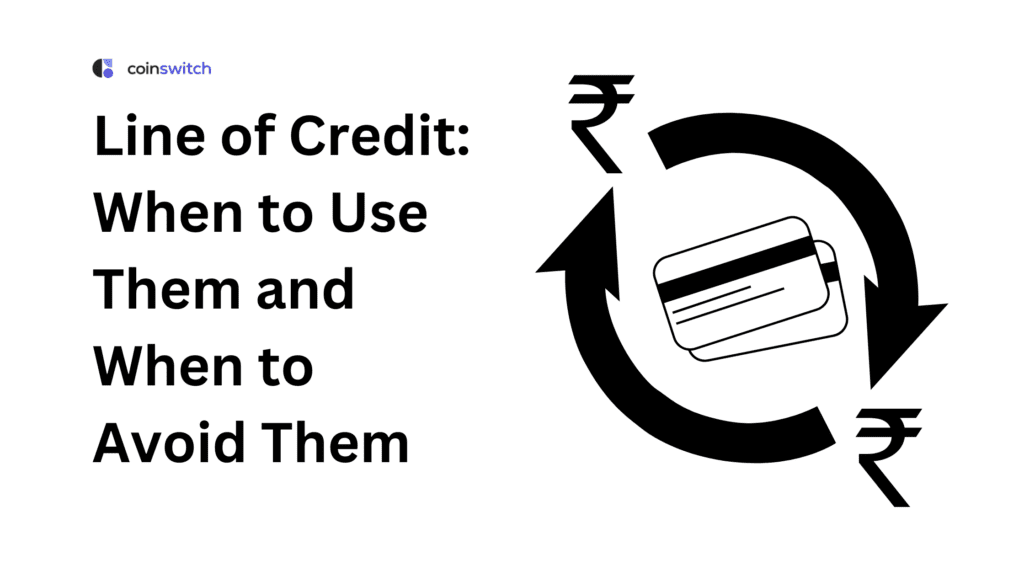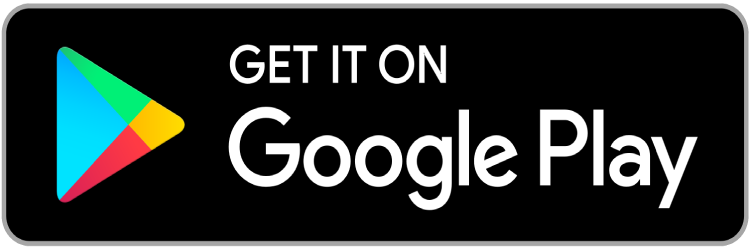When you need financial assistance, consider availing a personal loan, which offers a one-time payment. On the other hand, if you are unsure of the money you want, consider opening a line of credit.
A type of revolving loan or a credit facility is called a line of credit, and it enables you to access money whenever you need it, up to a pre-approved limit. After the money has been returned, you can borrow up to that limit again. In this blog post, you will learn what a line of credit is, the many line of credit, why you should avoid using them, and how you may utilize them to your benefit.
What is a Line of Credit?
Here, a bank or a financial institution gives you a line of credit, a flexible loan. It is like a credit card with a fixed credit limit, which is a specified sum of money you may use when you need it and spend as you choose. After that, you can repay what you borrowed immediately or over time.
Interest is charged on a line of credit, just like on a loan. The bank considers several factors when deciding whether to lend money to someone, including the person’s credit rating and relationship with the bank. Line of credit aren’t as popular as credit cards, but they tend to be safer than credit cards.
A line of credit can be protected. You’ll pay less for the line of credit if you put up an asset as collateral. If you don’t, the lender could take it away if you don’t repay the loan. Contrary to personal loans, line of credit interest rates are often variable, which means they may fluctuate with changes in interest rates. Because of this, it may not be easy to estimate the final cost of the money you borrow.
When a Line of Credit is Useful
Companies can use a business line of credit to their advantage because it gives them the flexibility and quick access to funds when needed. However, it is important to know when a line of credit is most useful.
1. Cash Flow Management
Cash flow management is one of the main reasons people use line of credit. Many businesses experience fluctuations in their income, which can lead to gaps in their cash flow. A line of credit can fill these gaps, ensuring the company can keep paying its bills.
- Seasonal or Cyclical Businesses: A line of credit can help businesses with inconsistent income, like shops or tourism-related businesses, keep running during slow times. It gives them the money they need for purchases, paying salaries, and other costs till the industry recovers.
- Accounts Receivable Gaps: Businesses often have to wait to receive payment after providing goods or services. During this interval, a line of credit can cover operational costs, keeping the business running smoothly.
2. Handling Unexpected Expenses
Sometimes, unexpected expenses can throw businesses off track, making it difficult to stay financially stable. A line of credit can serve as a safety net to cover these unforeseen costs without upsetting the firm’s budget.
- Emergency Repairs: Equipment breakdowns or property damage can require quick help and money. Employing a line of credit ensures the company can handle these situations quickly, keeping service quality and productivity high.
- Market Changes: Unexpected changes in the market, like higher prices for raw materials or extra costs for regulations, can upset the budget. You can handle these changes with a line of credit without using more expensive or limited financial choices.
3. Financing Short-term Projects
A line of credit is great for short-term projects that need money immediately but will pay off quickly. With this type of borrowing, businesses can do these projects without using up their cash.
- Inventory Purchases: A business may employ a line of credit to purchase goods to save money on buying in bulk or prepare for a yearly rise. This ensures they have enough stock to meet customer needs and take advantage of sales opportunities.
- Marketing Campaigns: Starting a new marketing effort to increase sales or promote a new product can be expensive. A line of credit can pay for these efforts, helping the business meet its goals and make more money.
4. Flexibility and Convenience
Compared to other ways to raise money, a line of credit gives you the most flexibility. It’s up to the business to decide how much to borrow and only pay interest. This makes it easy to handle planned and unplanned cash needs.
- Preventing Multiple Loan Applications: Businesses can pay for different costs with a line of credit instead of availing of several short-term loans. This makes things easier for administrators and speeds up the process of getting funds.
- Savings on Interest: Companies can save money on interest by not taking out bigger loans than they need, because they are only charged interest on the amount they borrow.
Read More: The role of credit ratings in fixed deposit investments
Problems with Line of Credit
Line of credit have pros and cons, just like any other type of loan. To begin with, you might not even be able to avail of this if you have bad credit. Additionally, you will be required to repay the amount, so be sure you have the financial means.
- Some banks may charge a transaction fee each time you take out money and a maintenance fee (either monthly or yearly), even if you don’t utilize the line of credit. And interest starts to add up as soon as you borrow money.
- Although line of credit might be used and paid back at any time, some users may find it harder to determine how much interest they pay. It might shock you how much interest you pay in the end.
- Sometimes, it costs a lot to borrow, especially if you get an unprotected personal line of credit. Lenders take on more risk when they offer line of credit without security. This usually means higher interest rates and more trouble approving your credit request.
Credit Lines vs. Other Borrowing
Line of credit are similar to and different from other ways to borrow money, such as personal loans and credit cards.
- Credit Cards
There are limits on how much you can borrow with line of credit, just like there are limits on credit cards. Furthermore, like with credit cards, each loan has its own rules about what to do if you exceed that amount.
Like a credit card, a line of credit lets you make money without worrying about being accepted first. The user can use the funds for any purpose, whenever they want. Finally, a credit card and a line of credit might have yearly fees, but they don’t charge interest until there is a debt.
Credit cards always require a minimum monthly payment; if those payments aren’t made, the interest rate will increase significantly. Line of credit may or may not have the same monthly payments due immediately.
- Personal Loans
For a line of credit to work, you need good credit to pay back the money and interest. Like a loan, a line of credit can help a borrower’s credit score if they use it wisely. Personal loans and line of credit give you cash to spend on anything you want.
Also, these goods are not the same in several ways. For instance, a loan is usually for a set amount of time and money, with a set plan for paying it back.
A line of credit, on the other hand, gives you more freedom and generally has an interest rate that changes over time. When interest rates rise, the expense of your line of credit will grow. However, the amount for your fixed loan payments will remain unchanged.
Read More: What Does a Financial Advisor Do?
The Bottom Line
Like any other financial product, line of credit have pros and cons that depend on how you use them. To begin with, taking out too much credit from a line of credit can lead to money problems.
On the other hand, line of credit can be a cheap way to pay for significant or unexpected costs. When considering a loan, it’s essential to review the terms carefully. Pay particular attention to the fees, interest rate, and repayment schedule.
FAQs
1. When should you use a line of credit?
A line of credit is an effective solution for managing short-term cash flow needs. It can help with unexpected costs or fluctuations in your business when you know you can repay it quickly.
2. When should you avoid using credit?
Avoid using credit for unnecessary purchases or long-term commitments. This is especially important if you already have significant debt and are uncertain about your ability to repay it on time and in full.
3. What would a line of credit be used for?
People often use a line of credit to pay for unexpected costs, deal with unpredictable income, fill in gaps in their cash flow, or fund projects whose costs may change over time.
4. When should a business use a line of credit?
A business should use a line of credit to pay for short-term expenses. This includes buying goods, making payments during lean times, or handling situations without impacting long-term funds or operations.








